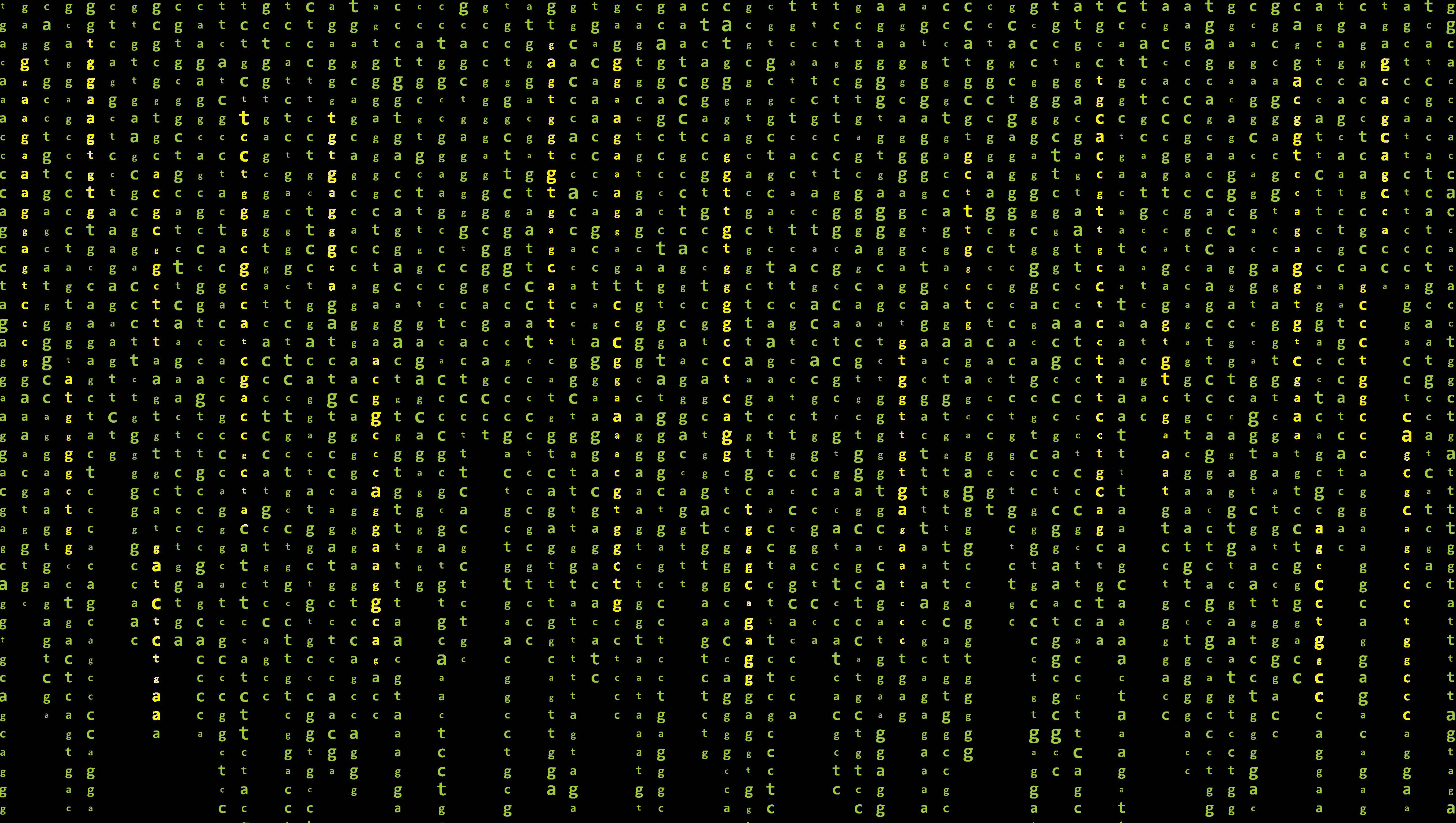About Me
My Research uses population genetics and genomics to understand Agricultural pests (insects and weeds) towards the goal of increased food security through better crop protection.
My research covers seveal themes:
Cryptic Species
Modern genetics approaches have shown us that many pest insect species that look morphologically like one species are actually made up of several cryptic species. This is important because the research done on this kind of insect pest is difficult to interpret, if the pest is actually six species, let's say, then we need a way of tying the research that has been done to each of the six species. There are also serious biosecurity issues with cryptic species. If we think we already have a species here in Australia then we might relax our biosecurity protocols - but if we have one of five species that look the same then we need to make sure that we keep up our defences and keep the others out.
Genomics
We're currently in a golden age of genomics thanks to advances in technology and analysis that have come from human genetics, but now we are able to transfer these advances to other organisms like insects and weeds. In the last few years we have been able to generate very complete genomes at a reasonable cost, and we can start to use these to understand mechanisms of resistance, but also to dive much deeper into population genetics processes and really understand the evolution of our most serious pests.
Insect plant interactions
Most herbivorous insects are specialists and feed on only one or two plant species, but our most serious agricultural pests and most invasive species are generalists. Understanding these generalist species is therefore crucial to understanding our most serious agricultural pests.
Movement
Undertanding the movement of agricultural pests is crucial to undertsanding how traits such as agrichemical resistance, or plant viruses, will spread between populations. Movement of pests from outside of agriculture into agriculture, and mixing between natural populations and pest populations in agriculture can also work to deleay the evolution of resistance. I use molecular tools (population genetics) to understand how different populations of pests are connected to each other by movement.
My Skills:
- Population Genetics
- Genomics
- Bioinformatics
- Molecular Ecology
- Evolution
Check out some of the protocols we use in the lab, cheap DNA extraction methods and PCR calculators
Go to ProtocolsHere's a few of my peer reviewed papers, you can check out more at:
Divergence among generalist herbivores: the Frankliniella schultzei species complex in Australia (Thysanoptera: Thripidae)
James P Hereward, JA Hutchinson, GA McCulloch, et al., 2017
Arthropod-Plant Interactions
Gene expression in response to glyphosate treatment in fleabane (Conyza bonariensis) - glyphosate death response and candidate resistance genes
James P Hereward, JA Werth, DF Thornby, et al., 2018
Pest Management Science, 74 (10) 2346-2355
Seasonal abundance of cotton thrips (Thysanoptera: Thripidae) across crop and non-crop vegetation in an Australian cotton producing region
R Silva, JP Hereward, GH Walter, et al., 2018
Agriculture, Ecosystems & Environment, 256 226-238
Protecting trust in medical genetics in the new era of forensics
C Curtis, JP Hereward, M Mangelsdorf, et al., 2018
Genetics in Medicine
Flight of Rhyzopertha dominica (Coleoptera: Bostrichidae) - a Spatio-Temporal Analysis with Pheromone Trapping and Population Genetics
AW Ridley, JP Hereward, GJ Daglish, et al., 2016
Journal of Economic Entomology, 109 (1) 2561-2571
Molecular Interrogation of the Feeding Behaviour of Field Captured Individual Insects for Interpretation of Multiple Host Plant Use
James P Hereward, GH. Walter, 2012
PLOS One 7 (9): e44435
Bees at War: Interspecific Battles and Nest Usurpation in Stingless Bees
JP Cunningham, JP Hereward, TA Heard, et al., 2014
The American Naturalist, 184 (6) 777-786
The spatiotemporal dynamics of Tribolium castaneum (Herbst): adult flight and gene flow
AW Ridley, JP Hereward, GJ Daglish, et al., 2011
Molecular Ecology, 20 (8) 1635-1646
Species limits, quarantine risk and the intrigue of a polyphagous invasive pest with highly restricted host relationships in its area of invasion
MA Rafter, JP Hereward, GH Walter, 2013
Evolutionary Applications 6 1195-1207
We run a monthly bioinformatics discussion group in the school of Biological Sciences at UQ, check out all the previous talks and schedule here






